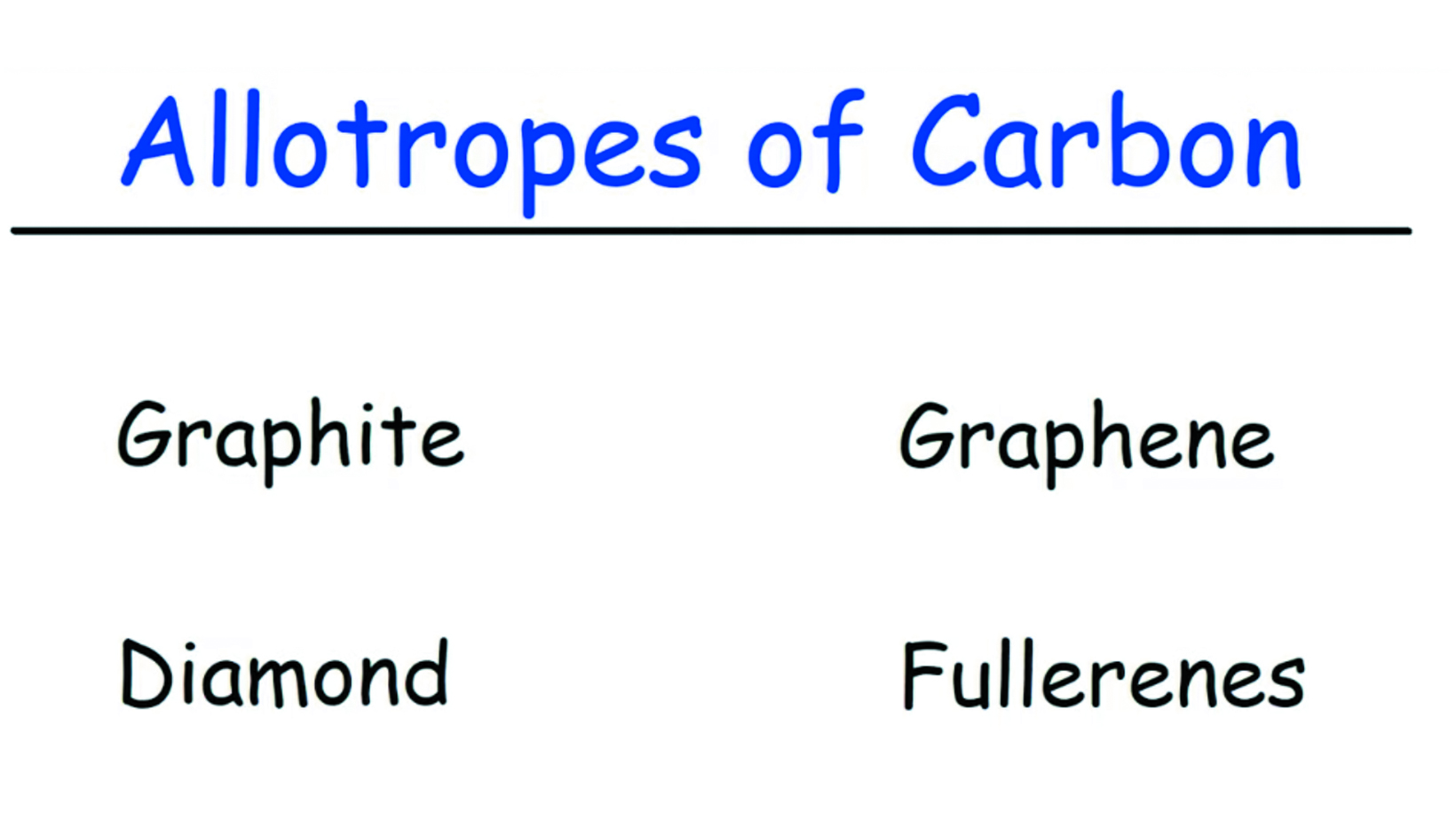A Diamond Is Forever – Graphite vs. Carbon
Graphite and diamond are both crystalline forms of pure carbon. The permanence of the carbon bonds separate them from all other forms of carbon.
Well documented, soil carbon is extremely important. Soil metagenomics illusidates the carbon function. Specific application to nitrification and dentrification has been used to evaluate graphite, graphene, humic acid, biochar, pig manure, and chemical controls. All of these products have proven values and limitations.
Graphene is a single, one atom thick layer of graphite; graphite is essentially made up of hundreds of thousands of layers of graphene. They have the same properties except in size. Able to migrate into groundwater, soil is unable to hold graphene. The strength of graphene makes it so sharp; its physical presence and longevity could be more dangerous than micro-plastics.
Biochar requires energy to produce and requires very high volumes to produce results in Nitrification.
Pig and other manures have water quality implications and high volumes required to supply nutrition and soil improvement.
Furthermore, Humic Acids and Fulvic Acids are expensive and can move from the rhizosphere.
Additionally, chemicals that provide Enhanced Efficiency to control denitrification can be plastic coatings that provide a slow release. However, plastics are under scrutiny in Europe. Thus, they will probably be removed from agricultural markets in the near future.
Lastly, chemicals that have metabolic function to control denitrification are expensive, have mixed results in performance and are not natural to the soil system. We encourage you to read more on this; click here.
Energy is the basis for life. It cannot be created or destroyed, only transferred.
NanograpH supplies nitrogen with with energy.
Graphite
A stable allotrope of carbon.
– An allotrope.
– Conducts electricity because of the presence of free electrons.
– Graphite’s graphene sheets are useful in nanotechnology.
– Carbon atom network where each carbon atom is encased in three covalent bonds, with other carbon atoms, and an electron cloud capable of conducting electricity.
Carbon
Chemical element C with the atomic number 6.
– A nonmetallic chemical element.
– Unable to conduct electricity, with graphite being the only exception.
– Non-functional in nanotechnology research, with graphite being the only exception.
– Naturally occurring in various allotropic forms such as graphite, diamonds, and charcoal.
Contact a local distributor and ask for Greensmiths, Inc. products by name.




